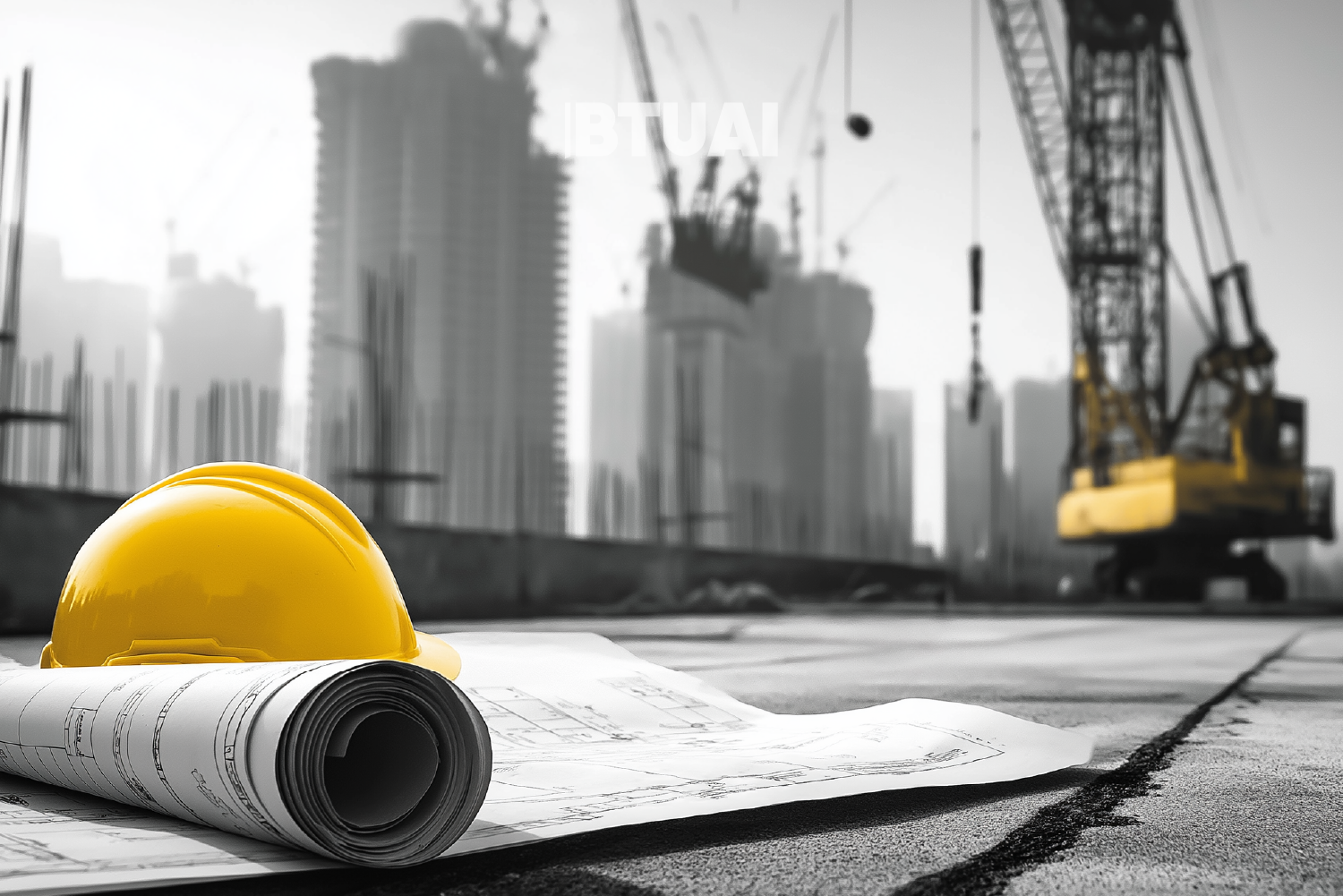Construction Prices Are Rising, but the Housing Market Remains Resilient — What the Latest Data Reveals
In May 2025, the Construction Cost Index in Georgia increased by 5% year-over-year, with the residential segment rising by

In May 2025, the Construction Cost Index in Georgia increased by 5% year-over-year, with the residential segment rising by as much as 8.9%, according to the National Statistics Office of Georgia. Meanwhile, apartment prices in Tbilisi rose more modestly — the average price per square meter for “white frame” apartments on the primary market reached $1,331, up just 3.3% from the previous year (Galt & Taggart). This suggests that rising construction costs have not yet been fully reflected in sale prices.
The main contributors to this cost increase were a 17.8% rise in construction wages and a 2% increase in building material prices (Geostat). Slight declines in transportation, fuel, and electricity prices only partially offset the overall upward pressure. As a result, the cost of developing new projects is increasing significantly — a trend that, according to market logic, is expected to affect prices in the coming months.
A key question is: why would higher construction costs impact the prices of already-built apartments? After all, those properties were completed when construction was cheaper. The answer lies in how real estate markets operate — prices are not set based on past costs but rather on current market value and replacement cost. If it becomes 10–15% more expensive to build a similar apartment today, new developments will be priced higher, and owners of existing properties will have a natural incentive to adjust their asking prices accordingly.
Despite rising costs, demand remains strong. In May alone, 3,325 apartments were sold in Tbilisi — 4.3% more than the same month last year (Galt & Taggart). Sales also exceeded the four-month average in both the primary (+6.4%) and secondary (+11.8%) markets. This suggests that moderate price increases are not yet deterring buyers.
However, the supply side may soon tighten. The total area of residential permits issued in May fell to 202,700 sq.m — an 18.3% drop compared to May 2024. For the first five months of the year, permits are down 1.1% year-over-year (Galt & Taggart). If this trend continues, the market could face a shortfall in new housing over the next 1–2 years — a key driver of future price growth.
According to developer surveys, 81% of apartments in projects scheduled for completion in 2025 have already been sold, often through internal installment plans (Galt & Taggart). This means a large share of the market is already absorbed, further tightening available supply.
For now, the market remains stable. But if construction costs keep climbing and fewer new projects are launched, prices could accelerate. The value of existing apartments will no longer be anchored to historical costs but will increasingly reflect the new reality — where building the same unit from scratch becomes more expensive every month.




